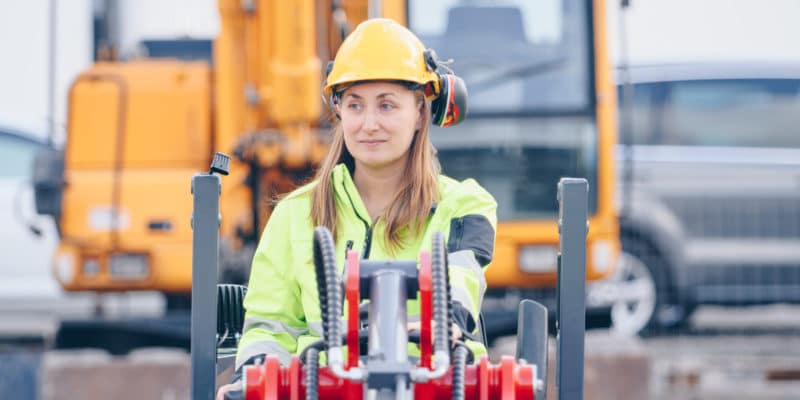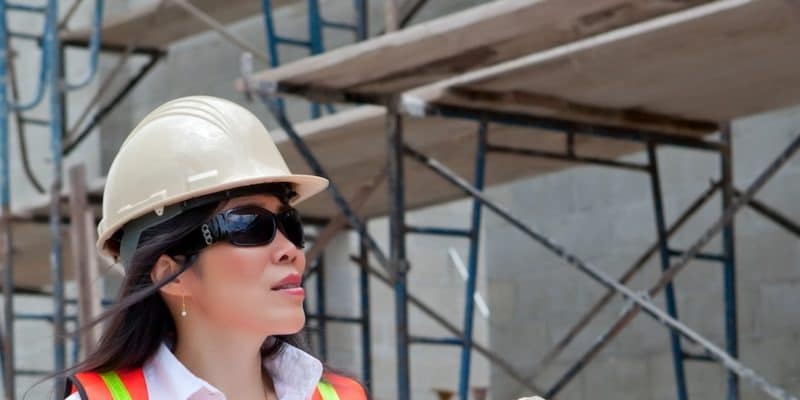The share of truck drivers, electricians, plumbers and mechanics who are women recently touched the highest level in at least 25 years
By Sarah Chaney and Eric Morath
April 29, 2019 5:30 a.m. ET
Kenyette Godhigh-Bell dismissed any thought of becoming a truck driver years ago when it appeared too daunting to break into a job where more than 90% of workers are men.
“You’ve got this cowboy-boot wearing, cigarette-smoking, tattooed or whatever white guy’s job,” she recalled. Now Ms. Godhigh-Bell, a 46-year-old black woman in sleek high-heeled boots, regularly pulls her 18-wheeler to Nebraska slaughterhouses so she can pick up beef and chicken for transport to grocery warehouses.
She is among a growing number of women taking jobs in blue-collar roles that have long been-and still are-mostly men, including police officers, construction laborers and electricians. A number of factors are driving the trend, including companies broadening recruiting efforts in a tight labor market to workers being drawn by better-paying jobs to women recognizing they won’t be alone.
The increase has been especially pronounced in transportation and material-moving, a field that includes truck drivers, delivery people and warehouse workers. In 2018, 43% more women worked in that category than in 2000, according to the Labor Department, and those gains accelerated the past five years as the labor market tightened. The overall number of women in the workforce increased about 15% during that time.
The number of women working as security guards, police officers and other protective service jobs also rose more than 40% since 2000. Women working construction jobs has increased 23%.
…
Women are increasingly being drawn into blue-collar jobs because the pool of men willing to take those jobs is shrinking, said Gad Levanon, chief economist at The Conference Board. More Americans are pursuing college degrees, leaving fewer willing to take traditional blue-collar jobs.
“That makes recruiting extremely difficult,” he said, adding that companies in blue-collar industries need to go beyond the typical pool of candidates. “Women, in many cases, turn out to be one of those groups.”
The rise of women in majority-male jobs reflects recent labor-force trends: Women have been driving the comeback in working-age labor-force participation, while participation among men ages 25 to 54-long the stalwarts of blue-collar jobs-has lagged behind.
(Official Page for the 9th Annual National Trades Women Conference)



